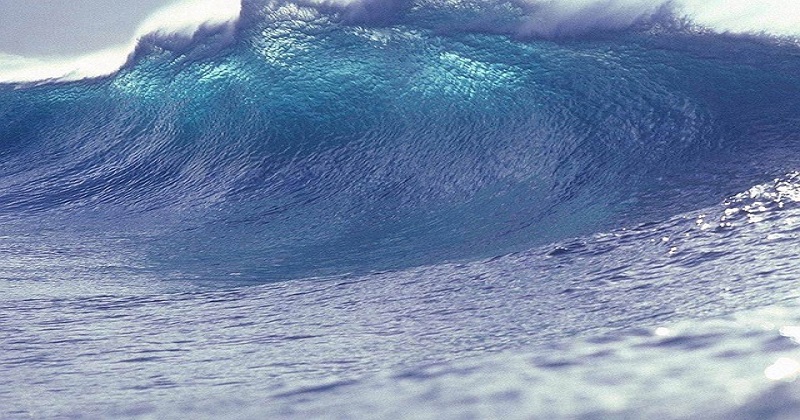
World Tsunami Awareness Day is celebrated on November 5 to create awareness about this deadly disaster which has claimed more than 260,000 lives, surpassing any other natural hazard in the past 100 years as per a report by the United Nations official website. The highest number of deaths took place in the Indian Ocean at the time of tsunami in December 2004. It took millions of lives and affected 14 countries. An estimated 2,27,000 died in Indonesia, Sri Lanka, and India alone and the hardest-hit country was Thailand.

The word “tsunami” is originated from Japan. The Japanese words “tsu” (meaning harbour) and “nami” (meaning wave). A tsunami is a series of huge waves created underwater by disturbances which are referred to as earthquakes below the ocean. The first wave may not be the largest; 2nd, 3rd, 4th or later waves are the life-taking. After first wave floods inland, it recedes towards the sea and goes back usually to a distance up to a person can see, thus the seafloor gets exposed.
World Tsunami Awareness Day 2020 theme promotes “Sendai Seven Campaign,” target. By the year 2030, an estimated 50 per cent of the world’s population will live in coastal areas. These regions are exposed to flooding, storms and tsunamis. Therefore, it becomes crucial to have plans and policies to reduce the impacts of a tsunami in order to build a resilient population and to educate people about the associated risks with Tsunami.

Post Your Comments